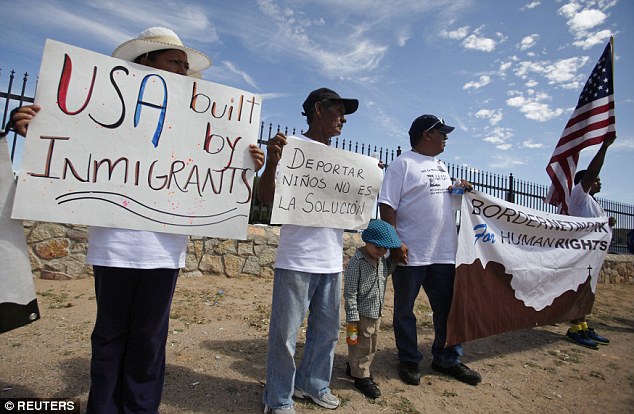A report released on Thursday estimates that more than 2.5 million immigrants in the United States illegally live in the metropolitan areas of New York, Los Angeles and Chicago, which have pledged to fight President Trump’s plans to expand deportations.
The study by the nonpartisan Pew Research Center provides a glimpse of where immigrants in the country illegally reside and regions that could be most affected by Trump’s crackdown on illegal immigration.
It also underscores the challenges Trump could face in rounding up large numbers of deportees because many areas that is home to large numbers of immigrants lacking legal papers oppose his plans.
Any action by the new administration could be even more widely felt among immigrant communities in regions such as Phoenix, Houston, Dallas and Denver. In these areas, 37 percent of immigrants lack legal status, compared to 26 percent nationwide, the report said.
In Santa Ana, California, acting city manager Gerardo Mouet said fears of the Trump administration’s plans extend far beyond the statistics, especially in Mexican immigrant communities where extended families are often close-knit and frequently made up of relatives who are legally in the country and others who are not.
“They’re worried about uncle this, and cousin that,” said Mouet, whose predominantly Latino city recently adopted a sanctuary law to try to dispel residents’ fears and encourage cooperation with police. “If you understand Mexican immigrant families, of course that is the reality.”
In Phoenix, immigrants are already starting to see tougher enforcement. A woman in the country illegally who was not targeted for deportation under the Obama administration was taken into custody on Wednesday and sent back to Mexico, prompting protests at a local Immigration and Customs Enforcement office and seven arrests made by police.
The Pew report estimates there are 11.1 million immigrants in the country illegally — or 3.5 percent of the overall U.S. population.


